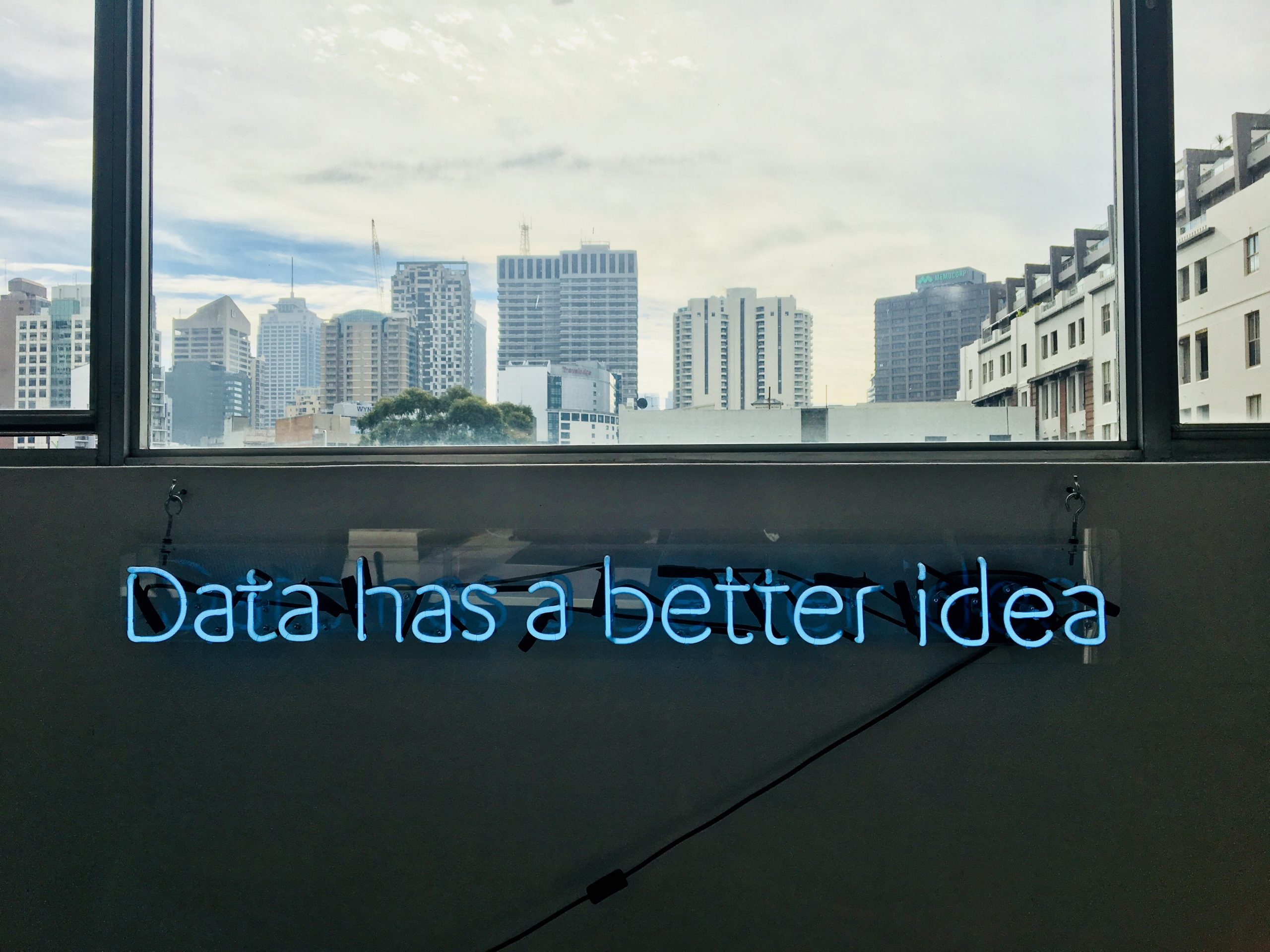Data Capture System: All you Need to Know in 2021

In today’s data-driven world, data capture solutions have become irreplaceable in many businesses.
From healthcare to recruitment, businesses across a vast range of industries rely on data capture tools to automate tedious and lengthy data entry processes.
And this transition to automated data capture and collection systems was a fairly rapid one for many organisations.
But as new technologies emerge and the need to capture data increases, these systems will only continue to grow in importance.
For example, businesses are increasingly relying on QR codes, handheld scanners, iPads and other mobile devices to make their job possible. All of this requires them to have strong data capture systems in place to extract, organise and store data to use when needed.
In this guide, we’re going to take a look at all you need to know about these data capture systems in 2021. In doing so, we’ll answer the following four questions:
- What are data capture systems?
- What can you do with data capture systems?
- How are data capture systems applied to different industries?
- Why should you invest in data capture systems in 2021?
Let’s start by looking in more detail at what data capture systems are and how they can be used.
What are data capture systems?
Data capture systems rely on the integration of data capture tools to achieve the desired goals. In this case, the process of capturing structured and unstructured data which is gathered in a systematic fashion and stored electronically to be used for analytics and other important functions.
Of course, this is a very generic way of understanding data capture systems. More specifically, these mean different things depending on the industry they are being used in. But we will look at these in more detail later in the guide.
For now, we’re going to look at some of the different automated data capture technologies and systems available. These include:
- Intelligent character recognition (ICR): These systems are used to recognise handwritten data and capture this information. This is then turned into editable electronic data.
- Optical character recognition (OCR): These systems are used to convert different types of machine-printed documents, such as image files or scanned documents. Again, this is then turned into searchable and editable data.
- Optical mark reading (OMR): These systems capture data that has been marked by humans. For example, checked boxes on an online form.
- Magnetic ink character recognition (MICR): This is a very specific data capture method. These systems read specially formatted characters that have been printed in magnetic ink.
- Magnetic stripe and smart cards: Magnetic stripe cards store data through magnetic properties, while smart cards rely on embedded integrated circuits that retain data. These are activated during an interaction with the relevant device.
- Web data capture systems: These systems involve gathering data from online data capture forms. These are found on the relevant landing pages.
- Voice recognition systems: Voice recognition tools are important for converting speech into text. These require dictation systems, small controlling systems and word-processing data entry to work.
Now we understand what data capture systems and tools are most commonly used; we can look at how these can be applied in real businesses.
What can you do with data capture systems in 2021?
Data capture systems are becoming increasingly sophisticated, and in 2021, these allow you to extract, fill, store and retrieve information in a very accurate way. This can be used for a number of processes and therefore has a range of benefits, no matter what industry you’re in
Some of the key benefits of today’s automated data capture systems include:
Reducing the amount of manual data entry required
One of the most important ways automated data capture systems can be used in a business is to reduce the amount of manual data entry required by employees.
This can help to drastically speed up data entry processes.
Increasing efficiency
With data entry taking a lot less time and requiring a lot less intervention from employees, these processes are much more efficient. They can achieve much more in a shorter time than what a human can.
Not only this, but they don’t become tired or clock off at 5:30, which means work can be done pretty much 24/7.
Reducing costs
This increase in efficiency also helps to cut costs. It means less manpower is needed to get these tasks done and can even cut down on the number of employees needed in the business as a whole.
Not to mention that automated data capture systems get rid of the need for photocopying, printing and huge filing cabinets full of paperwork. All of which can save money.
Boosting employee and customer satisfaction
By automating labour-intensive processes, employees don’t have to take on these mundane data entry tasks. This frees up their time to focus on more important tasks.
What’s more, quicker and more efficient processes mean that business can offer better goods or services to customers, giving them quicker results. This can help to drastically increase customer satisfaction. This is vital in 2021 as digital natives and consumers expect results almost instantly.
Increasing accuracy and security
Finally, data capture systems are able to reduce the risk of human error when inputting data. This can be very important in industries like banking and finance, which rely heavily on the accuracy of their information.
In this next section, we will look at some of the industries that use data capture systems on a regular basis. We’ll also look at more examples of how they use these systems to drive businesses forward.
How are data capture systems applied to different industries?
With almost every industry applying data capture systems in one way or another in 2021, we thought it would be helpful to pull together some examples.
The list below is not an exhaustive one and there are lots of other industries that rely on data capture systems. However, these should give you a better indication of just how important these tools are.
1. Finance, accounting and banking
Those who work in the finance, accounting and banking industries are faced with a huge amount of data every day. Most of this information is sensitive. What’s more, a lot of this comes from unstructured or semi-unstructured sources. As such, data capture systems are used for:
- Accounts payable management
- Robotic accounting
- Automated invoice payments
- Indexing incoming communications
- One-click onboarding
- Data entry automation and labelling
- Business expense management
- Personal finance management
- Credit card applications
- Credit disbursement
2. Insurance companies
Dealing with insurance, whether setting up new accounts or processing claims, means dealing with a lot of data. Therefore, professionals in the industry rely on data capture systems to help with:
- Claims handling
- Classifying incoming communications
- One-click onboarding
- Data entry automation and labelling
- Processing online forms and applications
3. Retail industry
Data capture systems in the retail industry rely on a lot of handheld and mobile devices for in-store operations. Online data capture is also crucial. The most popular systems and tools include:
- Barcode scanners
- Setting up new customer accounts
- Optical character recognition (OCR)
- Magnetic stripe readers
- Self-checkout systems
- Handheld scanners
- Classifying incoming communications
4. Healthcare industry
Recently, we’ve seen a new trend in the healthcare industry. The introduction of QR codes to track people’s location, just in case they come into contact with someone who has tested positive for Coronavirus. But before this, the healthcare industry already relied on data capture systems for automating important tasks such as:
- Updating healthcare records
- Patient check-ins
- Processing registrations from new patients
- Dealing with prescriptions
- Online forms from e-consultations
- Automated data entry
- Indexing incoming communications
But as we said, these are just a few examples of how data capture systems are used in some of the world’s biggest industries. Particularly in 2021, where the healthcare and retail (e-commerce mostly) industries have sky-rocketed in importance and value.
Why should you invest in data capture systems in 2021?
No matter what industry you operate in, there are several important reasons why you need to be investing in your data capture strategy this year. Most obviously, you will find that your business is able to grow thanks to increased efficiency and a reduction in costs.
But more than this, these systems allow your business to boost employee satisfaction by removing the need to do manual data entry tasks. This frees up their time to be creative, innovative and generally more productive.
Not only this, but using data capture systems means you can offer better goods and services to your customers, and quicker. This means you can improve the customer journey and experience and build a more loyal customer base.
All of this contributes towards making your business more competitive. This is hugely important in 2021, with millions of existing businesses already out there fighting for consumer’s attention. As such, you need to do all you can to make your company stand out from the crowd – and data capture systems can help you to do this.
Related posts
If you’d like to know more about data capture methods, solutions and more, you can check out more information in our useful guides below:
- Data Capture Form: Everything You Need to Know
- 10 Best Data Capture Methods and Strategies in 2021
- Data Capture Tools in the Banking Industry
- How to choose the best data capture solution in 2021
- Data Capture Systems: All you need to know in 2021
- Mobile Data Capture: The Ultimate Guide
- Invoice Capture: An Easy but Comprehensive Guide for 2021

